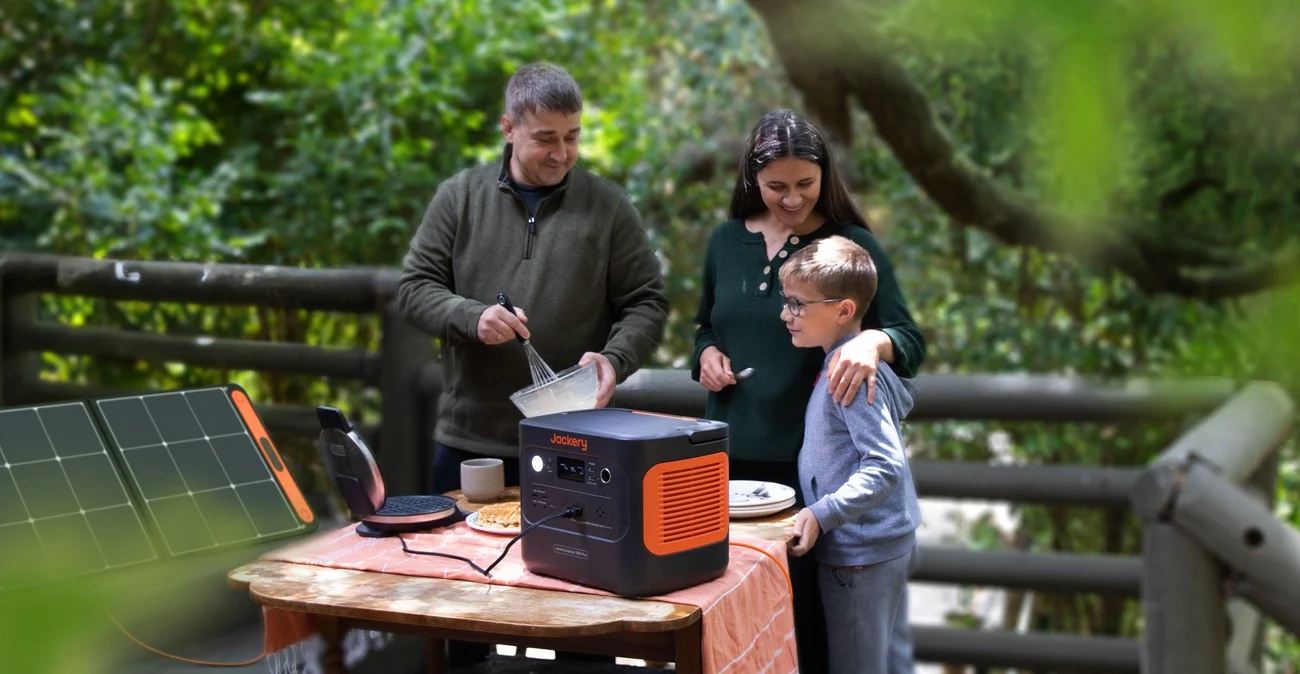Joel Phelps window wall, currently the Chief Operating Officer at Reflection Window + Wall, finds himself at the heart of a whirlwind legal drama that spans issues from patent infringement to defamation. This case not only highlights the fierce competition within the architectural and construction industries but also underscores the intricacies of intellectual property rights. Phelps, with his extensive background in window and wall solutions, plays a pivotal role in this unfolding story.
The Core of the Conflict
At the center of the controversy are allegations from Phelps’ former employers, Talon Wall Holdings and Chicago Heights Glass Inc. They claim that Phelps may have utilized proprietary knowledge and techniques he developed during his tenure with them and later applied these at Reflection Window + Wall. This situation has escalated to a legal battle where the stakes involve not just professional reputations but also significant financial implications.
The Allegations and Legal Implications
Phelps is accused of two major offenses: patent infringement and defamation. Patent infringement claims are particularly challenging in the construction industry, where specific methods and materials can be crucial competitive advantages. The defamation claim adds a layer of personal conflict to the proceedings, suggesting a bitter fallout that has moved beyond professional disagreements to personal vendettas.
Joel Phelps Window Wall: Industry Impact
This legal battle not only pits former colleagues against each other but also establishes a precedent for handling knowledge and techniques within the industry. Companies are watching the case closely, as its outcome could lead to changes in employment contracts, non-compete clauses, and intellectual property agreements. For an industry that relies heavily on innovation and the development of new technologies, the repercussions could be extensive.
Joel Phelps Window Wall: Defense and Public Response
Joel Phelps has denied all allegations, asserting that his actions were within legal bounds and that any knowledge used was either generic industry knowledge or independently developed innovations. The court of public opinion is divided, with some viewing Phelps as a pioneer pushing the industry forward, while others see him as a symbol of corporate espionage.
What Lies Ahead
As the legal proceedings continue, the focus will be on dissecting the intricate details of what constitutes proprietary knowledge versus common industry practices. The outcome will likely influence how businesses manage intellectual property and protect their innovations while fostering an environment that encourages new ideas and techniques.
Navigating the Technical Complexities
The specifics of the patent infringement allegations against Joel Phelps hinge on the uniqueness and proprietary nature of the technologies used in window and wall construction. This aspect of the case requires a deep dive into technical specifics, such as the materials used, the methods of installation, and the engineering processes involved. Expert witnesses from the architectural and engineering fields are expected to play key roles in demonstrating whether Phelps’ actions constitute a breach of intellectual property laws. The details that emerge could offer insights into the often-guarded world of proprietary construction techniques.
The Role of Non-Disclosure Agreements (NDAs)
Non-disclosure agreements are common in industries where proprietary technology and strategies are key business assets. The case might expose the strengths and weaknesses of NDAs in protecting intellectual property while also highlighting the challenges employees face when transitioning between competitive firms. This could lead to businesses tightening their NDAs or possibly reevaluating how they handle employee exits and knowledge transfer.
Reflection Joel Phelps Window Wall Market Position
Reflection Window + Wall’s response to the lawsuit and their defense of Phelps could significantly impact their market position and brand perception. How they handle the accusations could either bolster their reputation as a leader in innovation and defender of ethical business practices or leave them vulnerable to market backlash. Their strategy in court and in public relations will be crucial in steering the narrative in their favor.
Intellectual Property: The Cornerstone of Competitive Edge in Construction
Intellectual property (IP) in the construction industry encompasses a wide array of elements, from innovative building materials to unique construction methods. The protection of these assets is not merely about maintaining a competitive edge; it’s vital for ensuring that the investments made in research and development yield long-term benefits. Companies that secure their IP effectively deter competitors from replicating their innovations, fostering a market environment that rewards original ideas and maximizes financial returns. This ensures that the industry continues to evolve, pushing the boundaries of what’s possible in construction technology and design.
Impact on Future Employment in the Industry
This high-profile case could also change the structure of future contracts and employment agreements within the industry. Companies might become more cautious about hiring competitors’ employees, fearing similar legal disputes. Alternatively, talented professionals might find themselves more restricted in terms of mobility and freedom to innovate, potentially stifling the industry’s overall creative capabilities.
Ethical Considerations and Industry Standards
The ethical implications of the Joel Phelps case are significant. They bring to the forefront questions about the morality of using knowledge gained in one’s previous employment and the ethical responsibilities of an employee towards their former and current employers. This case could prompt industry leaders to reevaluate their ethical guidelines and enforce more stringent standards to govern the conduct of their executives and other key personnel.
Conclusion
The case of Joel Phelps window wall controversy is more than just a legal battle; it’s a narrative about balancing innovation with integrity. How do businesses protect their innovations while still promoting an industry-wide culture of advancement? And how do professionals navigate the fine line between leveraging their expertise and respecting proprietary information?
As we watch this case unfold, one question remains—how will this shape the future landscape of the architectural and construction industries? What do you think about the balance between protecting business innovations and encouraging industry growth?


